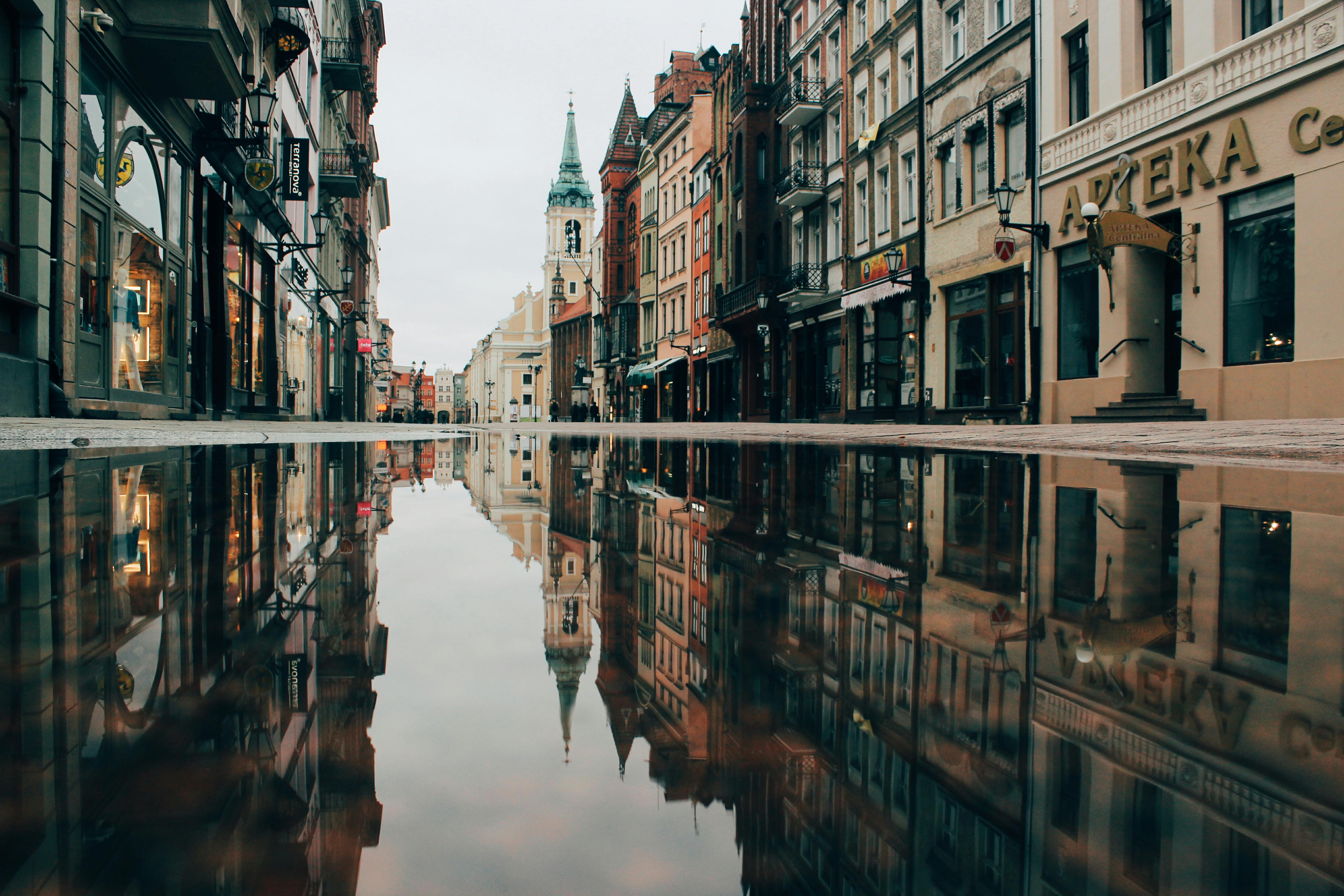Rose water is a fragrant liquid which has been used since ancient times for its soothing and therapeutic properties. Making your own rose water at home is an easy process that requires few ingredients. Distilling rose water at home is a great way to make use of the essential oils in the petals and to enjoy the wonderful aroma of roses. With this guide, you’ll learn how to distill rose water at home using simple materials and methods.To distill rose water at home, you’ll need a pot, a heat source, a smaller pot or bowl that fits inside the larger one, an ice bath, and of course roses. Fill the large pot with water and add fresh roses until it’s filled. Place the smaller pot or bowl inside and fill with ice. Heat the large pot until the water boils and steam rises into the smaller container filled with ice. The condensed steam will turn to liquid droplets which is your rose water. Collect the droplets in a clean container and store in the refrigerator for up to two weeks.
Preparing The Roses For Distillation
The process of preparing the roses for distillation varies depending on the type of rose being distilled. The most common type of rose used for distillation is Rosa damascena, which is harvested in the early morning when the petals are at their peak. It is important to harvest the roses quickly to preserve their freshness and aroma. Once harvested, the petals are separated from the stem and then washed and dried. This helps to ensure that any dirt or debris that may have collected on the petals during harvesting is removed. Once dry, the petals can be macerated in a liquid solution such as water or alcohol for several hours prior to distillation. This helps to extract all of the essential oils from the petals which will then be used in producing a high quality rose essential oil.
The maceration process can also be done with fresh roses if they are not dried first. This method requires more preparation time as it involves crushing and crushing and adding water to help extract all of the essential oils from within the rose petals. Once this is complete, it is then time for distillation. In this process
Choosing A Distilling Method
Distillation is one of the oldest methods for purifying liquids. It is a process that separates liquids based on their boiling points, with the purest liquid collecting at the end of the distillation process. Distilling is a simple process, but there are many different types and methods of distillation that can be used to produce different results. When deciding which distilling method to use, it is important to consider the desired outcome and the equipment available.
One of the oldest and simplest forms of distillation is steam distillation. In this method, steam passes through a container filled with plant material. As the steam passes through, it carries essential oils and other compounds out of the plant material and into a condenser where they are cooled and collected as a liquid. Steam distillation is often used to extract essential oils, flavorings, and perfumes from plants.
Vacuum or reduced pressure distillation is similar to steam distillation but uses lower temperatures which can result in less damage to delicate compounds like essential oils or flavorings. This type of distillation requires specialized equipment such as vacuum
Preparing The Equipment For Distillation
Distillation is a process used to separate and purify liquids. It involves heating a liquid until it vaporizes, then condensing the resulting vapor back into liquid form. To prepare the equipment for distillation, it is important to ensure that all components are properly assembled and functioning correctly. This includes the still pot, condenser, thermometer, collection container, and any other related accessories. The still pot should be securely fastened to the heating source and all connections should be checked for leaks or blockages. The condenser should be connected to a water supply that can provide a constant flow of coolant. It is also important to ensure that the thermometer is properly calibrated and placed in an accessible area. Additionally, all hoses should be securely attached with clamps and checked for kinks or other damage. Finally, the collection container should be clean and ready to receive the distilled liquid. By taking these steps prior to beginning distillation, you can ensure that your equipment will operate safely and efficiently throughout the process.
Collecting The Rose Water
Rose water is a fragrant liquid that is extracted from the petals of roses. It can be used in a variety of ways, including as a beauty product, to flavor food, and for medicinal purposes. Collecting rose water requires patience and knowledge of the process.
The first step in collecting rose water is to select the best roses for use. Look for roses that are freshly bloomed and have an aesthetically pleasing look. Make sure they are free from any blemishes or discoloration. Once you have selected your roses, it’s time to begin collecting the rose water.
The process of collecting rose water involves using a distillation system. This system consists of two containers that are connected by a tube or pipe. The bottom container holds the roses, while the top container holds the condensation from the steam of boiling hot water in the lower pot. As the steam rises, it passes through the pipe into the top container where it condenses and collects as rose water in liquid form.
Once you have collected enough rose water, it is important to store it properly in order to retain its freshness

Tips for Home Distillation Process
Home distillation can be a fun and rewarding activity, but it can also be tricky and time-consuming. To help you get the most out of your home distillation process, here are some tips to keep in mind:
First, make sure you have all the necessary equipment and supplies before you start. This includes a heat source, a distiller, and any other specialty items such as an airlock or thermometer. Make sure that all of your equipment is clean and in good working condition before beginning.
Second, use high-quality ingredients when creating your distillate. If you are making spirits from grains or fruits, make sure to use fresh produce for the best flavor and aroma. Additionally, if using extracts or other concentrates in your recipe, make sure to only use ones that are certified food-grade.
Third, maintain a clean environment throughout the entire process. Keeping everything clean helps to reduce the risk of contamination during distillation and helps ensure that the end product is safe to drink. Additionally, be sure to sanit
Skin Care
Rose water has been used as a beauty product for centuries. It is known to have natural antiseptic properties that can help prevent and treat acne breakouts. Rose water can also be used as a toner, helping to balance the pH levels in the skin and giving it a natural glow. Additionally, rose water can reduce redness and inflammation, making it great for people with sensitive skin. Rose water can also help to reduce wrinkles, brighten dull skin, and hydrate dry skin.
Hair Care
Rose water is also beneficial for hair care. It helps to provide moisture and shine to the hair, while also keeping the scalp healthy and free from dandruff. Rose water can be added to shampoo or conditioner for an extra boost of hydration or used as a leave-in treatment after washing.
Aromatherapy
Rose water is often used in aromatherapy due to its calming scent and therapeutic properties. Inhaling rose water has been found to relieve stress, improve mood, and promote relaxation.
Benefits of Making Rose Water At Home
Rose water is an all-natural skin care product that has been used for centuries in various forms and is widely known for its rejuvenating and anti-aging properties. It is a gentle, nourishing, and mild astringent that helps to balance pH levels, reduce inflammation, and soothe skin. Rose water can be used as a toner, cleanser, moisturizer, or simply as a refreshing mist. Making rose water at home is easy and cost-effective. It can be used either internally or externally to reap its many benefits.
Rose water has powerful antioxidant properties which help protect cells from damage caused by free radicals in the environment. Its high levels of Vitamin C help to reduce wrinkles and keep skin looking young and healthy. The antioxidants also help protect against bacteria and other skin problems such as eczema, psoriasis, acne, dryness, itchiness, dermatitis, boils and rashes. It can also aid in healing wounds faster than traditional treatments.
Rose water also helps to balance pH levels in the body which leads to improved overall health. The anti-inflammatory properties

Conclusion
Distilling rose water at home is a simple and rewarding process. It requires minimal supplies and time, and the end result is an amazing smelling liquid that can be used for many purposes. Not only can you use it in your beauty routine, but also for cooking and medicinal applications. It’s a great way to make use of the beautiful roses that you have in your garden.
Whether you’re looking for a way to add some natural beauty to your day or are hoping to incorporate rose water into your culinary creations, distilling rose water at home is a great choice. All it takes is some patience and attention to detail, and you will be able to enjoy the benefits of this wonderful liquid for months to come.

